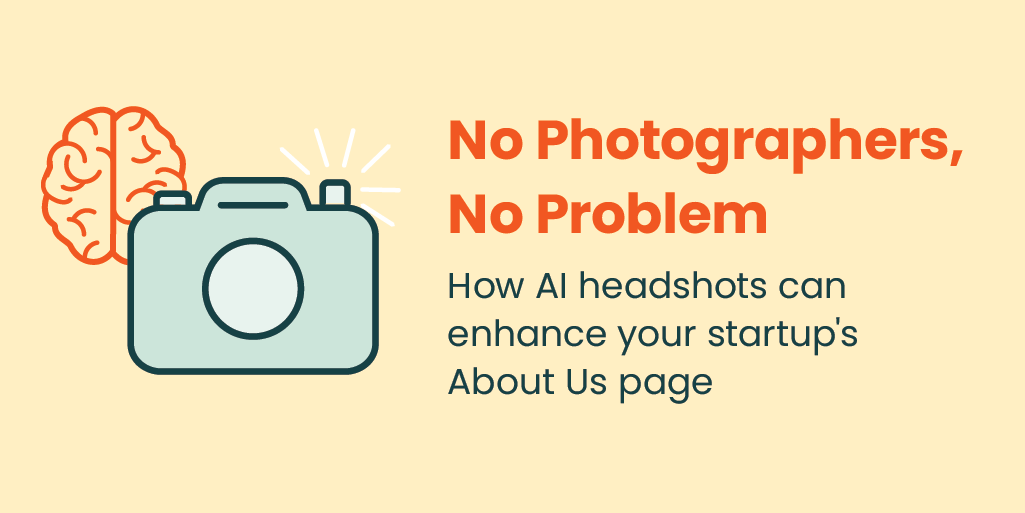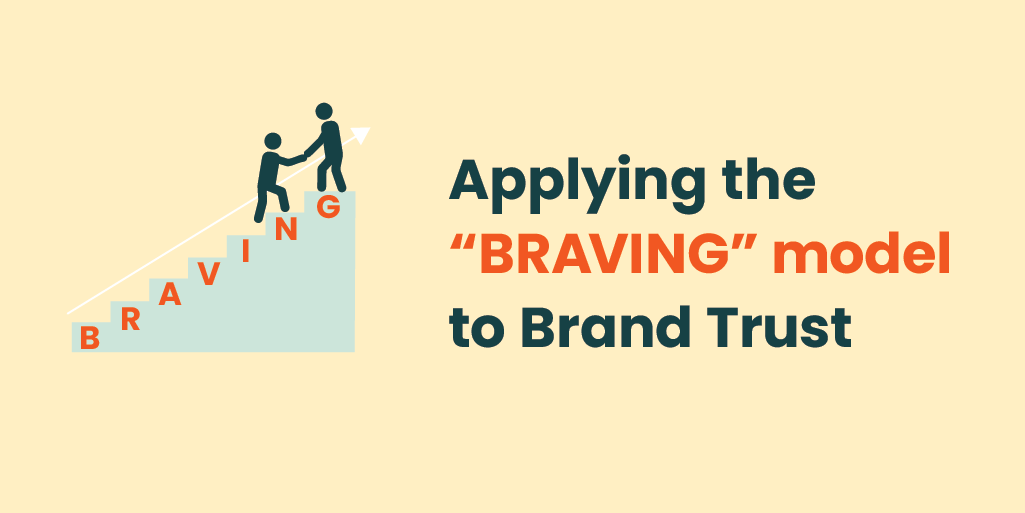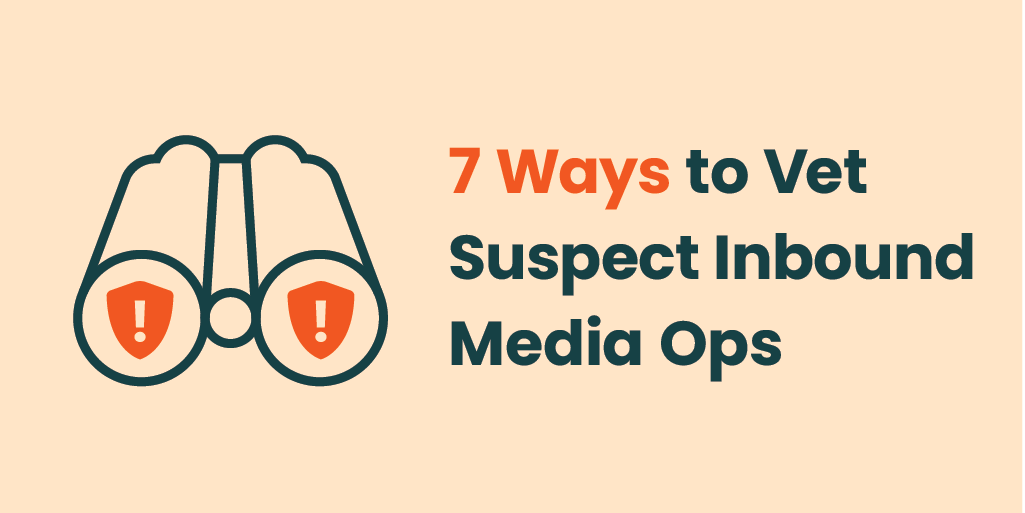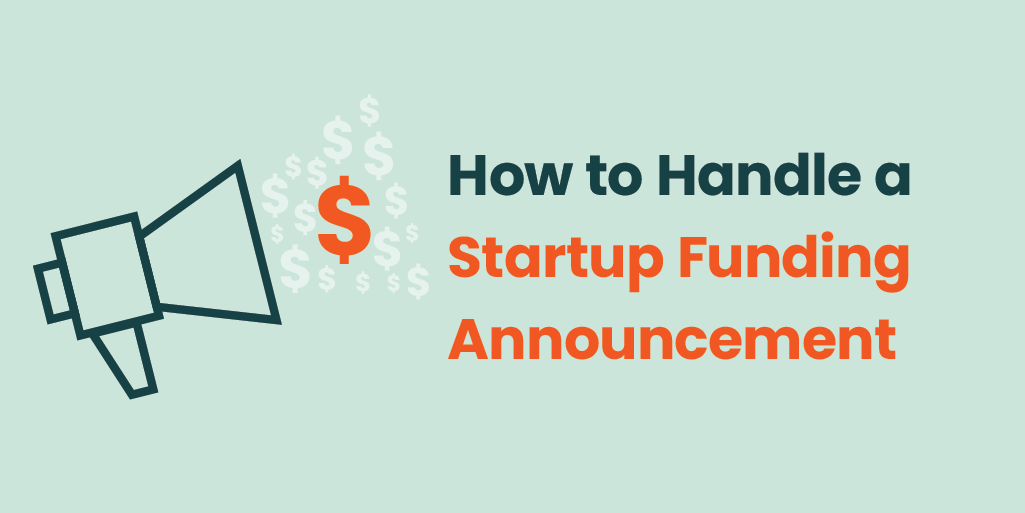If you’re a startup founder, you’re probably juggling 87 different tasks right now and none of them involve booking a photographer for headshots. Let’s be honest — wrangling your team for a photoshoot is a logistical nightmare. You’ve got developers in hoodies, marketers with 50 shades of “business casual,” and that one guy you’re not even sure has a forehead since he insists on wearing a baseball cap all the time. Coordinating all of that? It’s enough to make you want to hit “Command + Q” on the whole idea.
That doesn’t mean your team has to rely on those selfies they took forever ago, though. Enter AI-generated headshots — a time-saving, budget-friendly solution that could save your sanity while elevating your brand image. Here’s why your startup should seriously consider letting AI do the heavy lifting.
Why AI?
Unless you’ve somehow wrangled your team into a professional photoshoot, you’re probably dealing with a wild mix of headshots. Well, AI comes to your rescue with:
- No scheduling conflicts: Remember that time you tried to schedule an all-hands meeting and it took three weeks to find a timeslot that worked for everyone? Now imagine trying to coordinate a photoshoot. People are out sick, some are working remotely from a different time zone, and then there’s always that one person who “forgot” and shows up in their gym clothes. With AI-generated headshots, you can avoid the drama entirely. All you need are a few photos of each team member — taken whenever, wherever — and AI will do the rest.
- Consistent outputs: A photographer might try their best, but getting a dozen people to look equally fabulous is like herding cats. AI-generated images guarantee a cohesive, polished set of team photos that screams, “We’ve got our act together!” even if you’re still figuring it out as you go.
- Budget friendliness: Professional headshots can be pricey, especially if you’re hiring a photographer who doesn’t think “exposure” is a form of currency. For a startup, every dollar counts and spending hundreds — or even thousands — on team photos feels excessive. AI-generated headshots are a fraction of the cost and can be done in hours, not days. Average costs range from $20 to $79 with some even as low as $10, and typically generate between 20 to 200 headshots.
- Less awkwardness: Not everyone is comfortable in front of a camera. But fear not. AI doesn’t judge your awkward smiles or your “is this my good side?” questions. It just takes what you give it and turns it into something worthy of your About Us page.
- Startup-style flexibility: Startups evolve quickly. AI-generated headshots make it easy to update your team photos without having to call back the photographer every time someone joins or leaves. Just generate a new photo and voilà, your team page is up-to-date with minimal fuss.
Photography Made Painless
Honestly, what kind of Sage-ncy would we be if we didn’t put our recommendations to the test ourselves before recommending them to you?! Team Firebrand turned to AI to refresh our team photos ahead of our 8th anniversary. Here’s what the process looked like for us:
Step 1: Research
Meghan Jordan, the mastermind behind all things Firebrand graphic design, led the charge on researching and vetting dozens of AI headshot tools. Some options she considered include The Multiverse AI, Prophotos AI, Profile Bakery AI, HeadshotsByAI, Remini, MyEdit, HeadshotPro, and Gio.
Ultimately, Dreamwave AI proved to be the best fit for our team’s specific needs, but with so many options, you’re spoilt for choice. In terms of price, the cost of Dreamwave AI ranges between $40-$60/person depending on the size of your company, and other platforms will have different pricing models and packages you can select based on your needs. But in general, AI headshots are more convenient than hiring a photographer, and more professional looking than doing it for free by taking everyone’s photos with an iPhone against a blank wall in the office.
You’ll want to evaluate platforms not only on their pricing or plans, but also their outputs. Every platform will have its own artistic style for the photos it generates — some that look more AI-made than others. Some startups will be looking for the most natural and realistic results possible, while others might want to have a bit more fun and creativity in their photos. Take a look at each platform’s sample photos while evaluating, and choose the style that resonates most with your brand image.
Step 2: Selfies
The Dreamwave platform sent invites to our entire team to begin their individual photoshoots, and reminders in case they forgot. In their own time, they were able to upload 5-8 selfies for the platform to use to generate their AI images. If any of the photos weren’t high enough quality, close enough to the face, or large enough, the platform flagged those for removal or replacement.
Pro tips:
-
- 5-8 photos really is the sweet spot, at least for this particular tool.
- Photos from the shoulders up work best. It’s best to keep it close enough to your face for the AI to get a good view of your features.
- Take your photos in front of a plain background to avoid picking up any extra elements.
- Similarly, don’t include any accessories you wouldn’t normally wear everyday since the AI will pick those up, too.
- Try to upload photos with slight differences in lighting, angles, hair styles, or outfits to maximize the variety in your AI outputs.
Example photo uploads




Step 3: Technology Magic
Once your photos have been uploaded and deemed acceptable by the platform, the tool will get to work creating your AI photoshoot. This process took approximately two hours for most of our team members, but some took a bit longer. Once complete, we were each delivered around 200+ photos to choose from with differing expressions, hair styles, outfits, and backgrounds.
Each individual can select their favorites or an admin can decide which looks best. From there, your graphic designer can add any branding that’s needed and your team can download the photos for use as profile photos on LinkedIn, Slack, email, Zoom/Teams, and more.

Warning: The Results Aren’t All Picture Perfect
Now, let’s be real — AI isn’t perfect and neither are its outputs. It’s likely that the majority of your photos will kinda sorta look like you, but will be just a little bit off in some way. And sure, a few might be downright ridiculous. Just take a look at some of our favorite Team Firebrand fails:
Shane’s 23andMe results concluded that he’s part giraffe, part brontosaurus, but all digital marketing genius
In addition to running Firebrand, Morgan’s got a side hustle of renting his forehead out as an independent airstrip
If we could bottle and sell whatever made Theresa’s short hair instantly grow a foot longer, believe us, we would
We’ve often wished we could grow another Ian but after seeing this nightmare fuel, we’re re-evaluating that
Here’s the thing. An AI tool may give you 200 photos, and 199 of them could be objectively bad. But so long as you get one good photo per person, the whole endeavor was worth it. So, embrace the AI quirks, laugh at the duds, and enjoy the time and money you’ve saved in the process.
It’s possible that not everyone on your team will feel comfortable uploading their photos into an AI tool. A reputable vendor should provide clear terms and conditions, along with transparency about how your data is used and stored. That might put some minds at ease, but others could still be hesitant. If you hit that roadblock, it’s best to be flexible and work with your team’s comfort levels.
Give AI a (Head)Shot
AI-generated headshots might sound like something out of a sci-fi movie, but for a startup, they’re a practical, efficient, and cost-effective solution for creating a professional and consistent brand image. Sure, some results might lean a little on the uncanny side, and that obviously-AI look might not be every brand’s cup of tea. But for most, the pros outweigh the cons. You’ll save time, money, and a lot of collective eye-rolling from your team. Plus, you’ll have a set of polished, professional-looking photos that make your startup look like it’s got its act together — at least on the outside. And really, isn’t that half the battle?
So, go ahead. Let AI take your team photos while you focus on changing the world — or at least surviving your next investor pitch.














